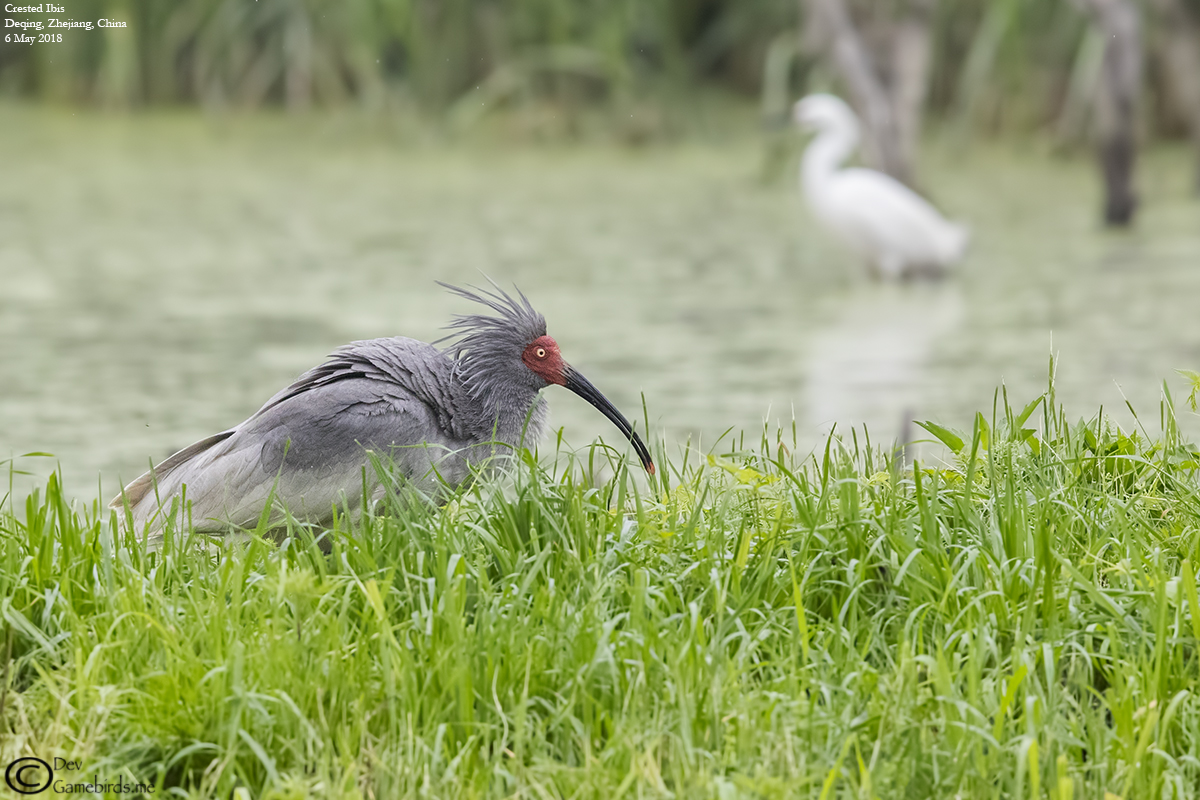
Deqing is a county in the prefecture-level city of Huzhou, in the northwest of Zhejiang province. It is conveniently located at the proximity of Shanghai(1 hour train ride/3 hours by road) makes an excellent weekend getaway. Although, this trip was from May 2018, there has been several requests inquiring about the Crested Ibis from this location and i thought its time i wrote about it.
The exact place to look out for the Ibises is around the Xiazhu Lake, this is where there is a captive breeding center established several years ago and as per several reports, the breeding program is a success. Although, only a small no of birds had been released few years ago. The good news is that, the released birds have established a good population. Like I mentioned before, the surroundings villages around Xiazhu Lake is a good place to look for the Crested Ibis and not to be confused with the ticketed Touristy area of Xiazhu Lake, there are Ibises inside the cage and the chances of seeing a “wild” one is very less. Look the map below for more information on the sites.
DeQing Birding Info
There is a stakeout at the northeastern corner of the Xiazhu Lake(outside the tourist area). This is the captive breeding site and the released Ibises mostly hang around this area. This area also holds a massive heronry. Miss XiaoYe runs a B&B here and make necessary arrangements for stay and to look for the Ibis. Ms.XiaoYe(小叶)’s contact no 13735166169 which is also the Wechat contact. She can also arrange pickup from DeQing train station. Below is the map with few other birding locations around this area
This whole village is already geared towards eco-tourism and photography clubs, the whole village is neatly organized and decorated. Very tidy and calm village, makes it a good getaway for non-birders too. Ms.XiaoYe is an expert cook as well, there was some authentic Deqing dishes were served over the two days.
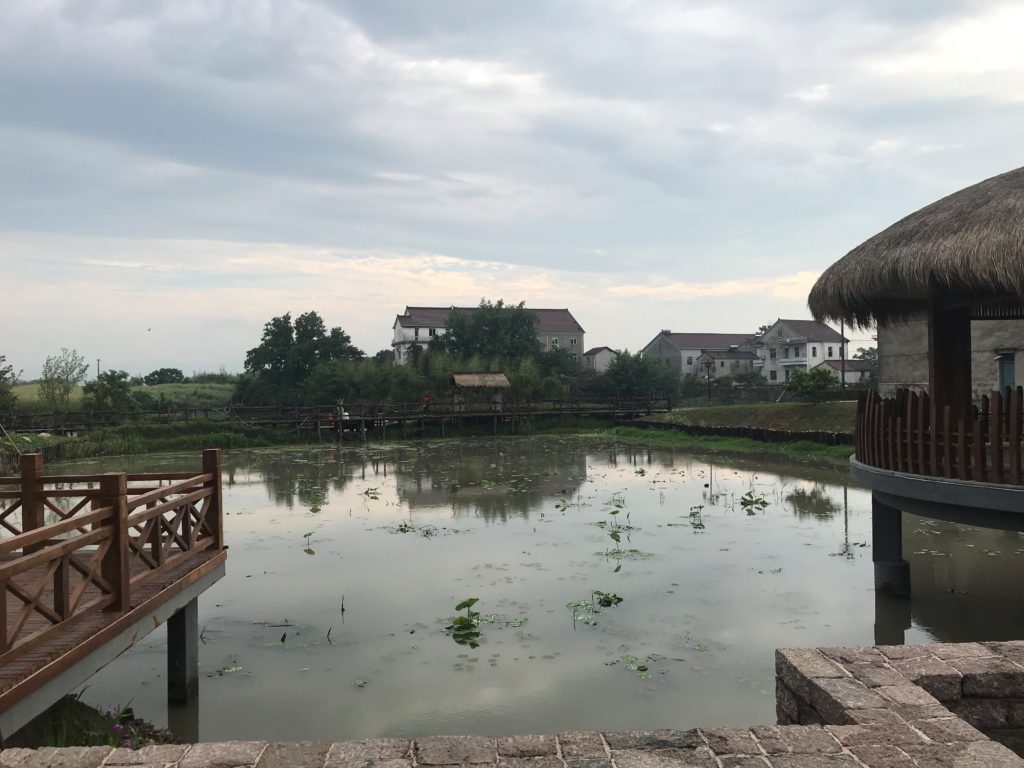
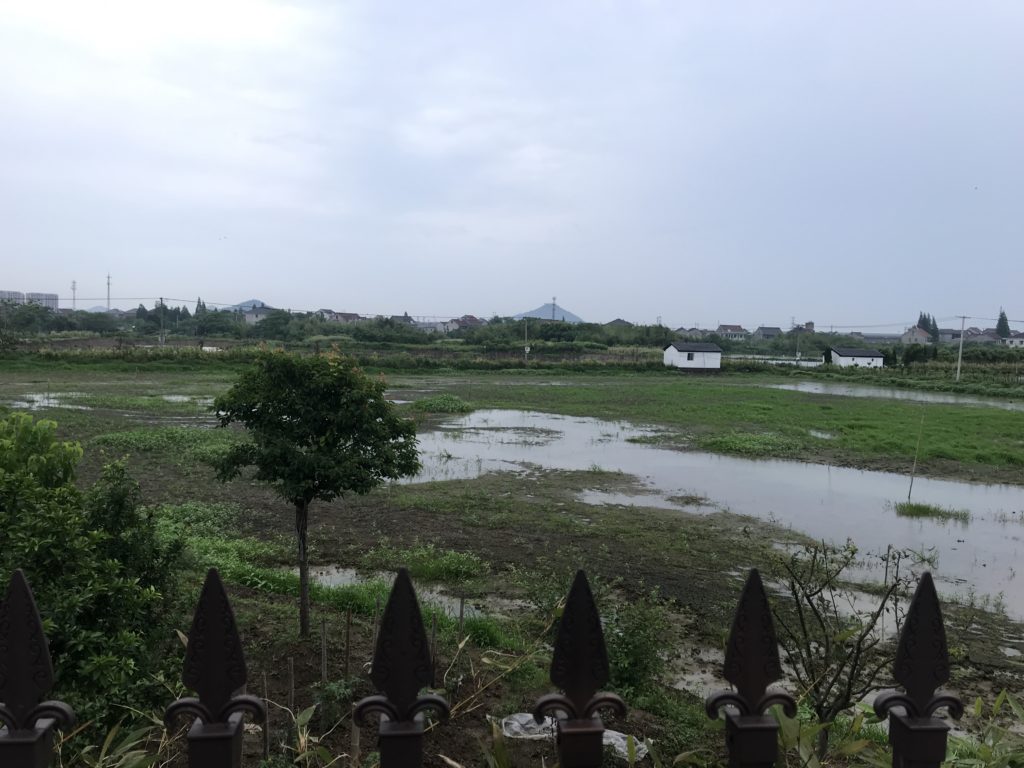
First sighting of the Crested Ibis and i take the credit for spotting it first.
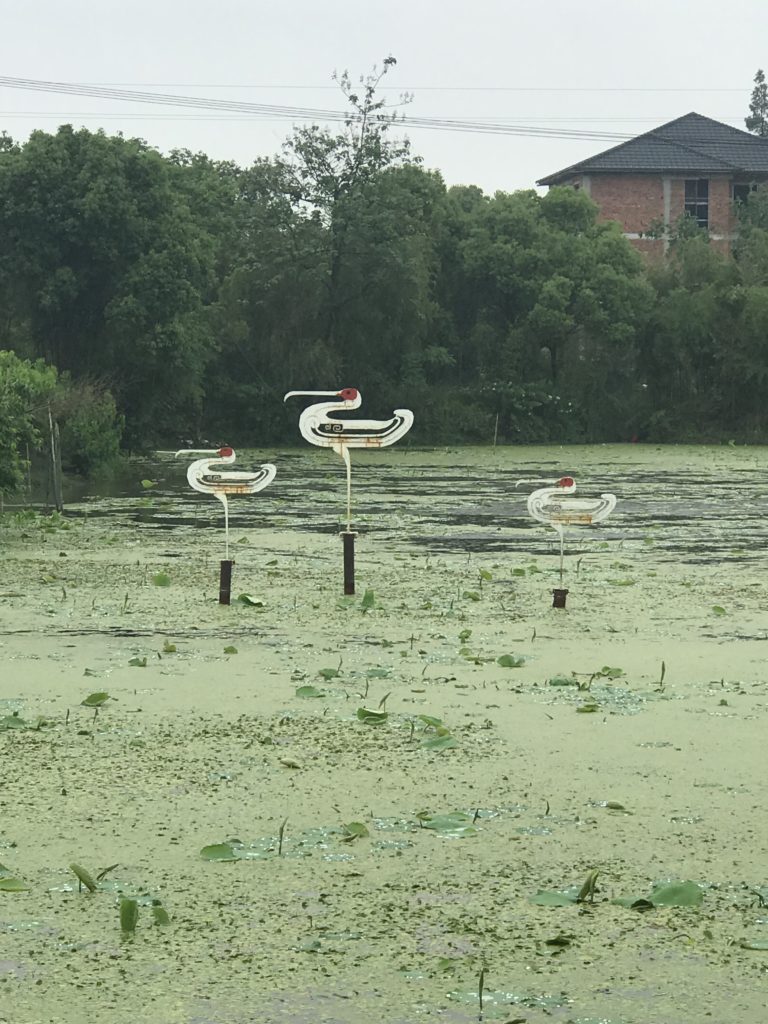
Even though it was early May, well ahead of the rainy season, the weekend was pelted down by the rain gods at Deqing. There was a short break of rain during the end of the day and that was enough to see the iconic Crested Ibis on it favorite tree.
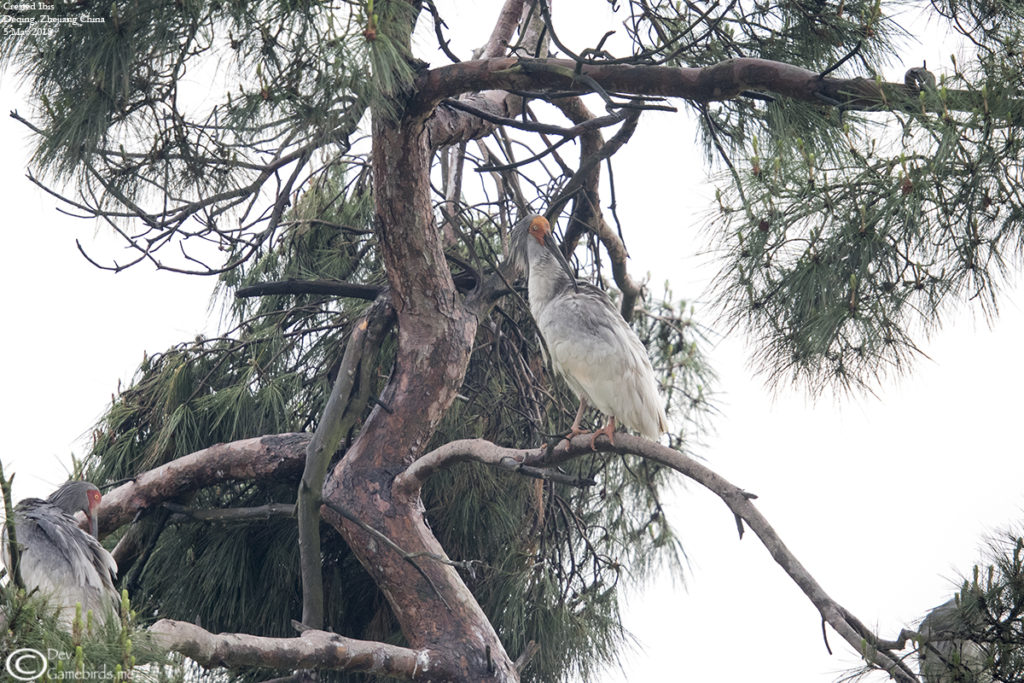
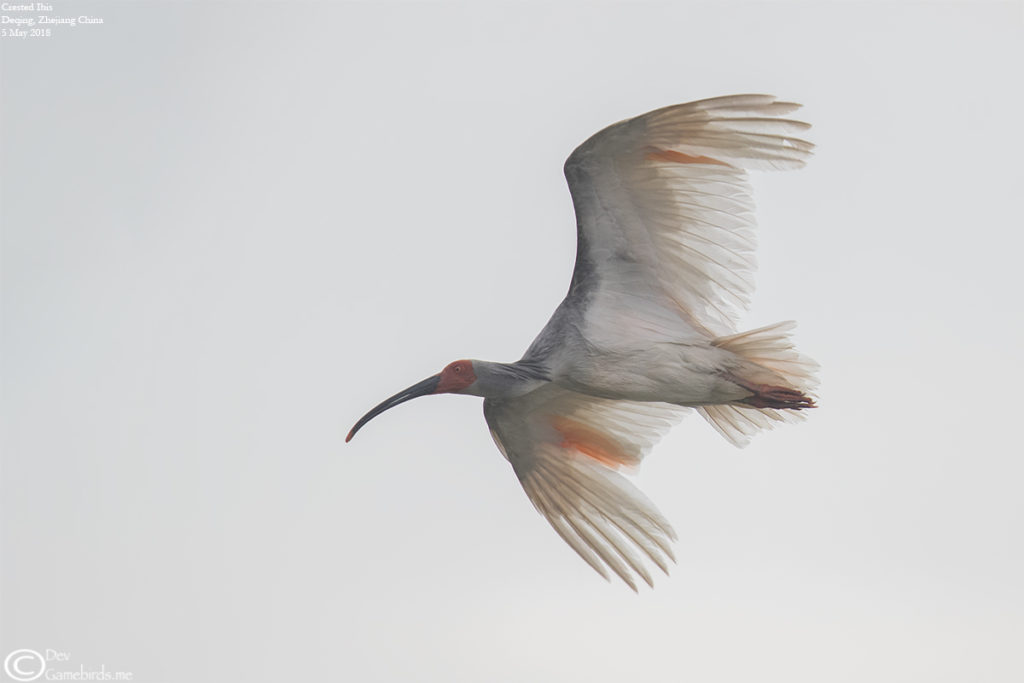
Despite the rain, the heronry was very active, the parents were warming, feeding, protecting the young ones. Jee, it wasn’t easy.


With the rain catching up again, rest of the day was spent admiring the nesting barn swallow in the B&B, discussing the local cuisine etc
The next day started on a promising note with bright sunshine atleast for couple of hours and spent couple of hours watching few Crested Ibis coming down to the feeding area and oh boy it was living a tough life. The conservation centre feeds the the Ibises about 5-7 kg of mudskippers every day in a shallow pond. The Ibis have the right tools for this type of feeding and as soon as they catch the mudskipper, its been mobbed by all the herons and egrets. Tough life!
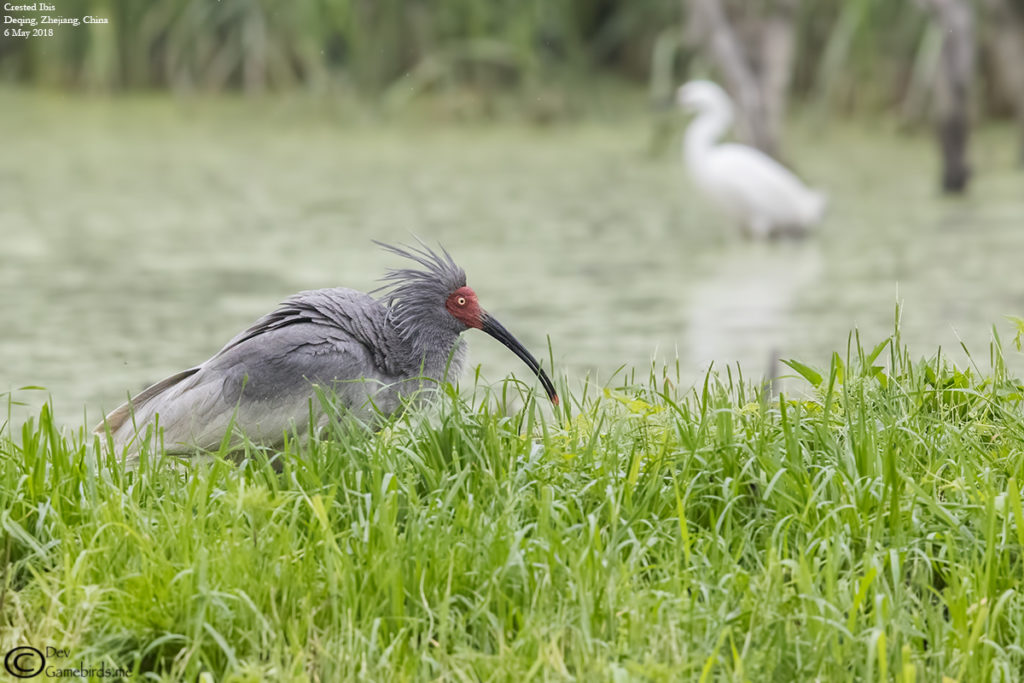

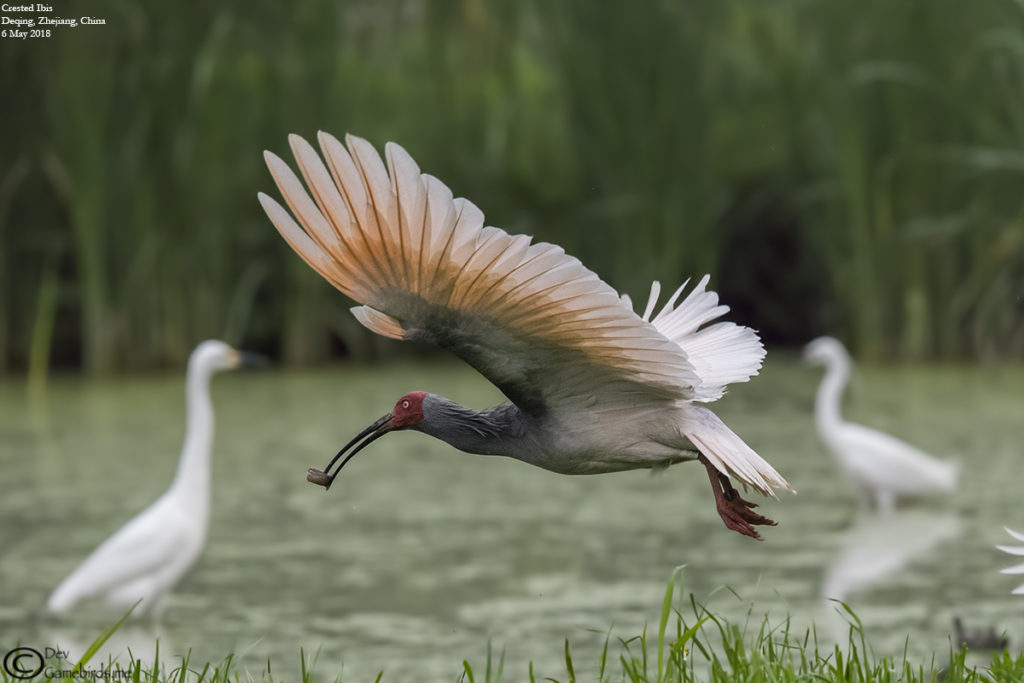
The brown-flanked Bush warbler is the next common bird after the herons, although very hard to see as they skulk in the undergrowth. There are occassional Black-throated Tits passing in a small wave. Few fly by black bitterns also made the morning interesting.

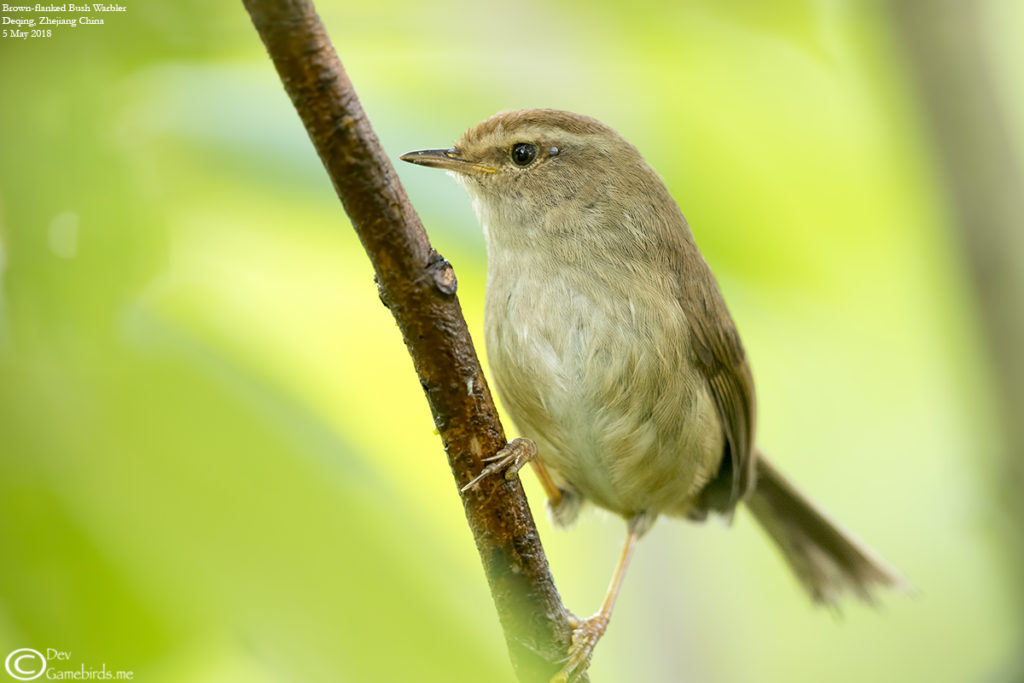


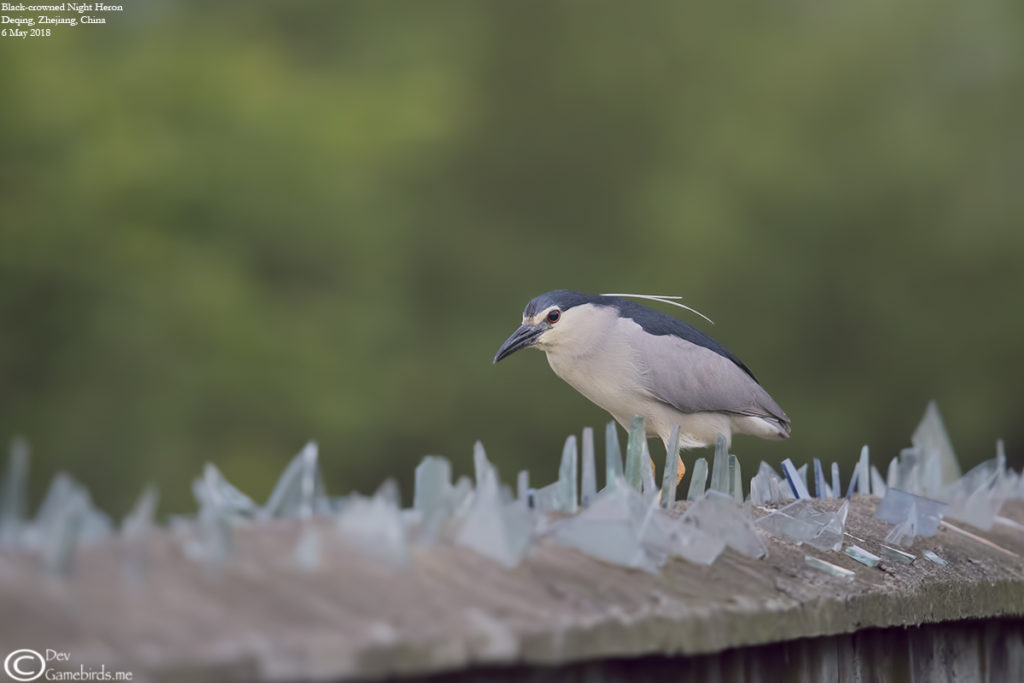
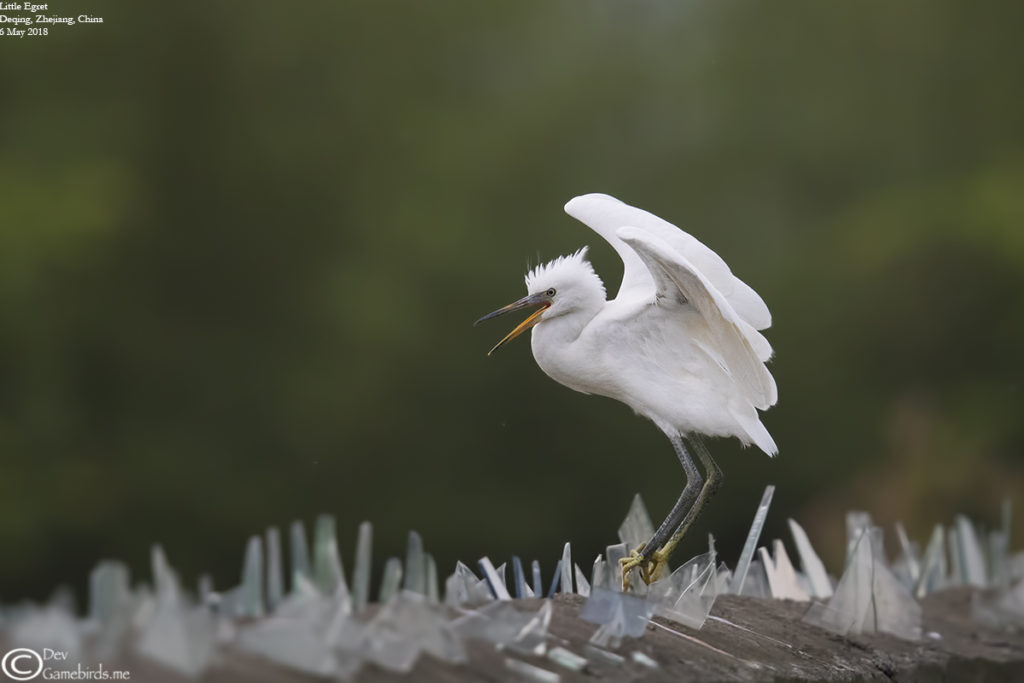
The rest of the afternoon was spent exploring the Yunxiu temple and the Duihekou reservoir. The rain was catching up again and was playing the hide and seek game for the most part of the day. Although birding activity was less, the rain break and the intermittent sun gave bit of energy to the butterflies to dry their wet wings.
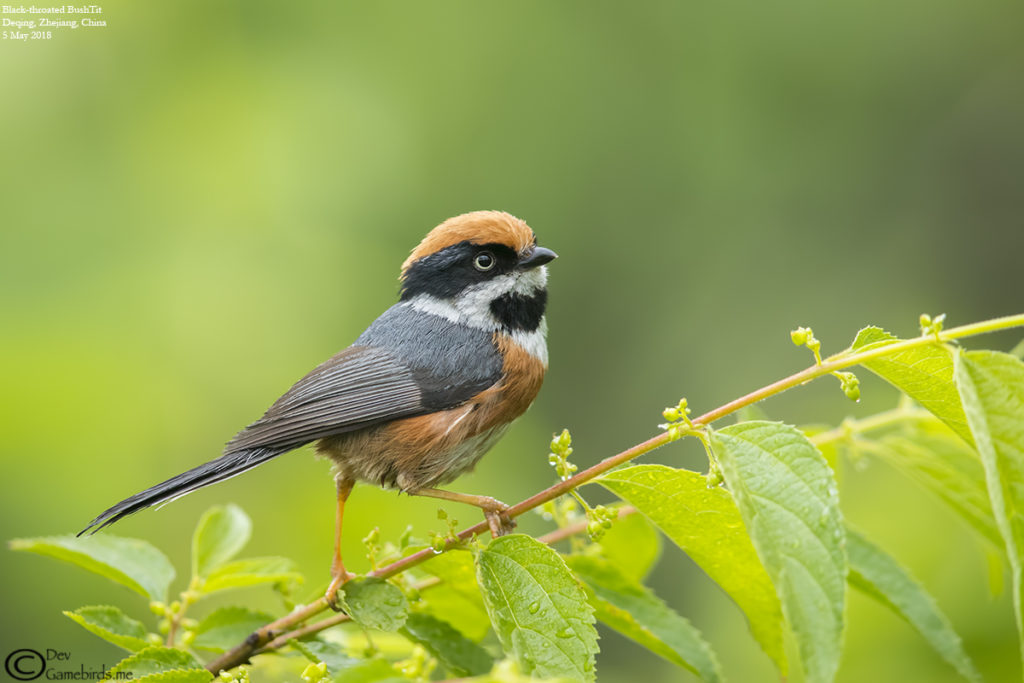
The temple had a good canopy view but the unrelenting rain never gave the opportunity to explore the area. By evening, the rain had finally decided to take a break and a bit of a sunshine gave a nice view of a male Chinese Sparrowhawk.
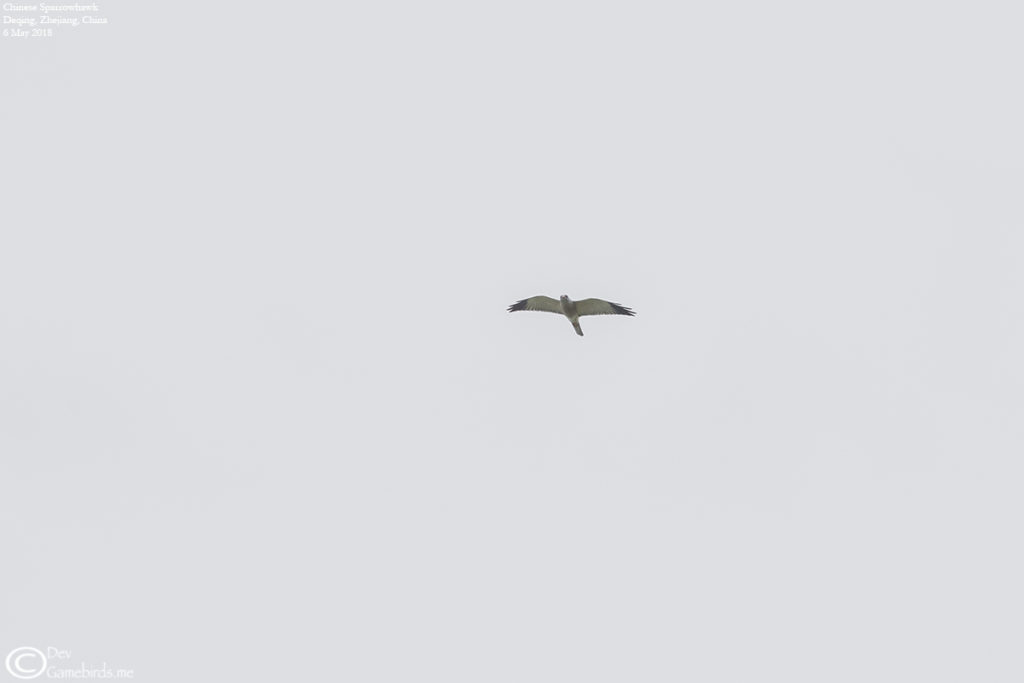
The mountain road around the Duihekou reservoir had good mix of mountain birds, there were good butterflies too. There were few lifers picked up in no time. Among the half a dozen new butterflies, the Holly Blue (Celestrina argiolus) was the personal favourite as it was flashing it light blue color of the wings briefly in flight
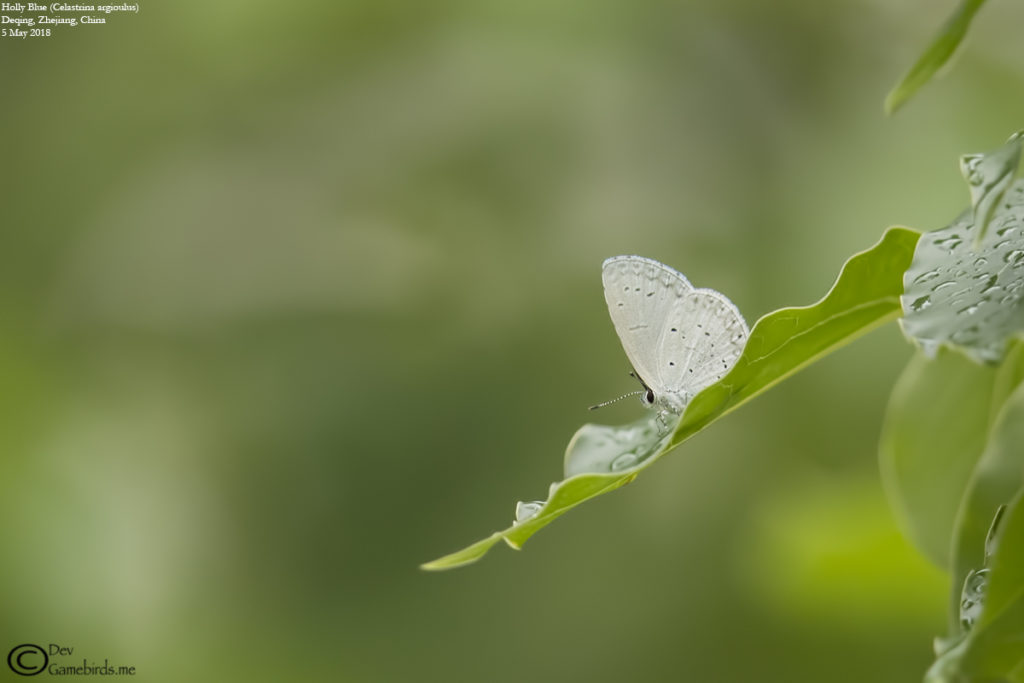
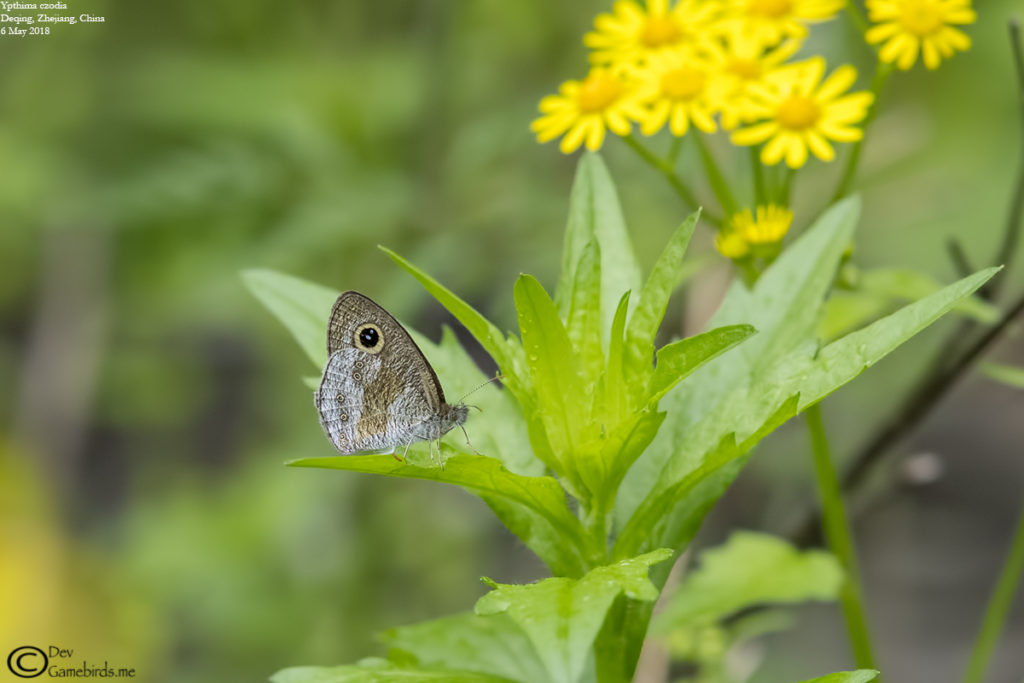
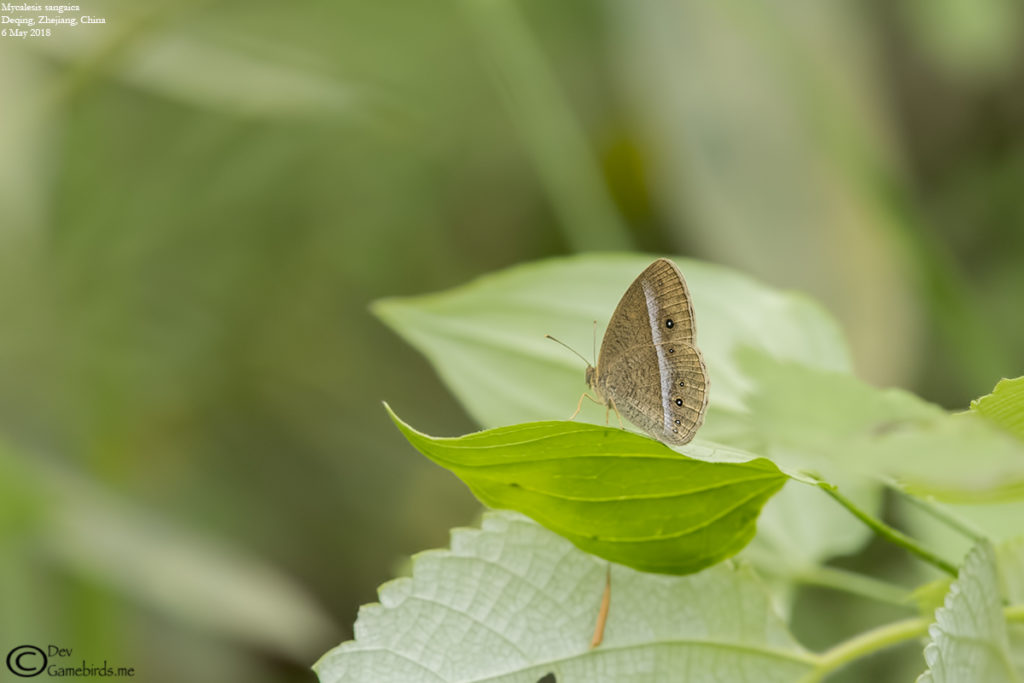
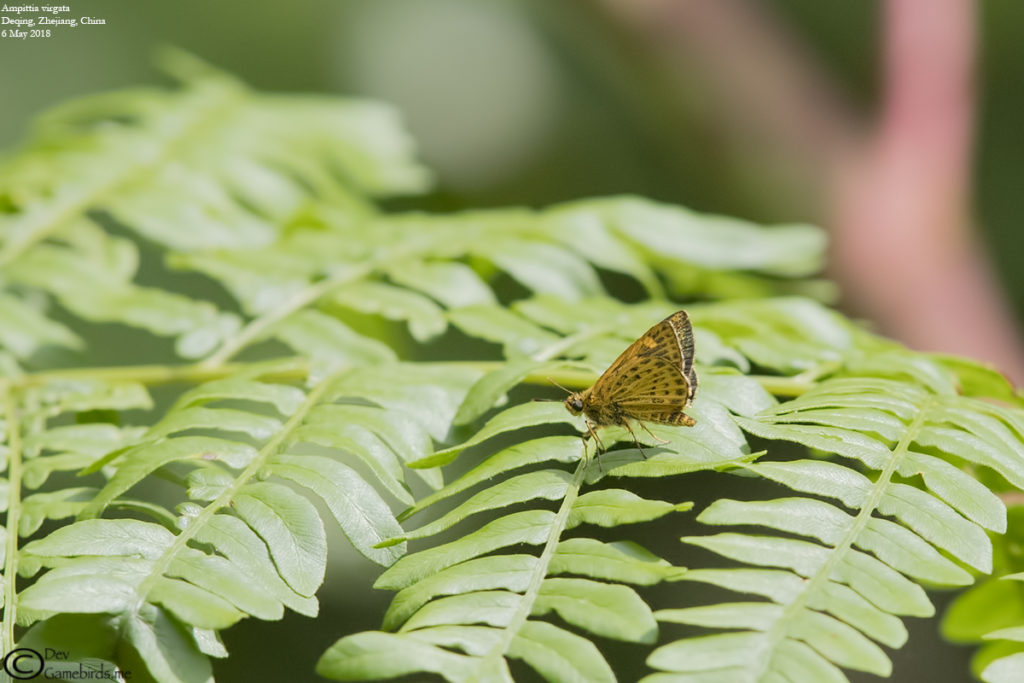
Following are the link’s for ebird Checklist
- May 5 – Xiazhu Lake Heronry (morning) & (evening)
- May 5 – Yunxiu Temple
- May 5 – Xiazhu Lake Scenic Area
- May 6 – Xiazhu Lake Heronry
- May 6 – Duihekou Reservoir
Despite the potential habitat, we failed to find any Crested/Pied Kingfisher and Blue-throated Bee-eater
Recent Comments